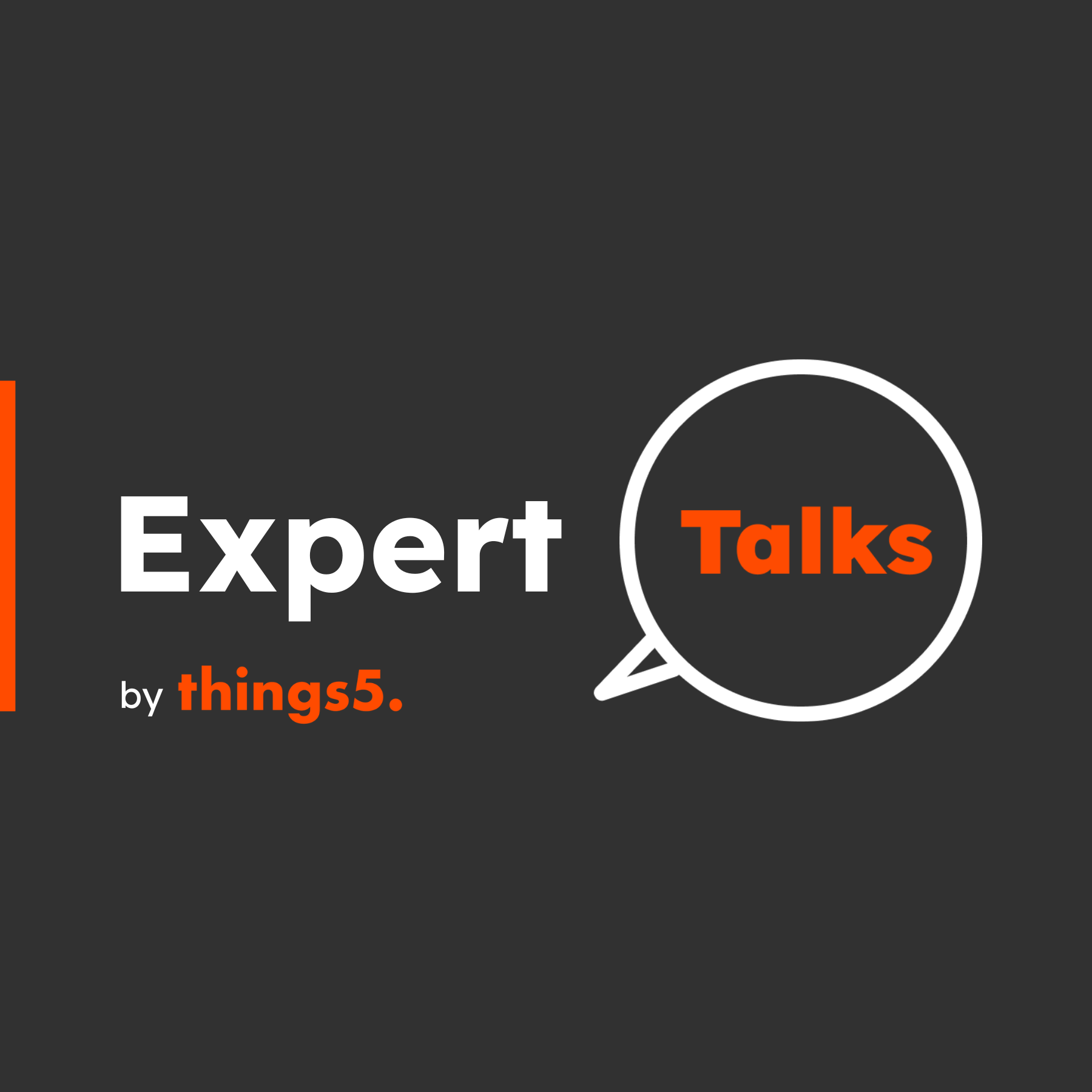An Introduction to IoT hardware
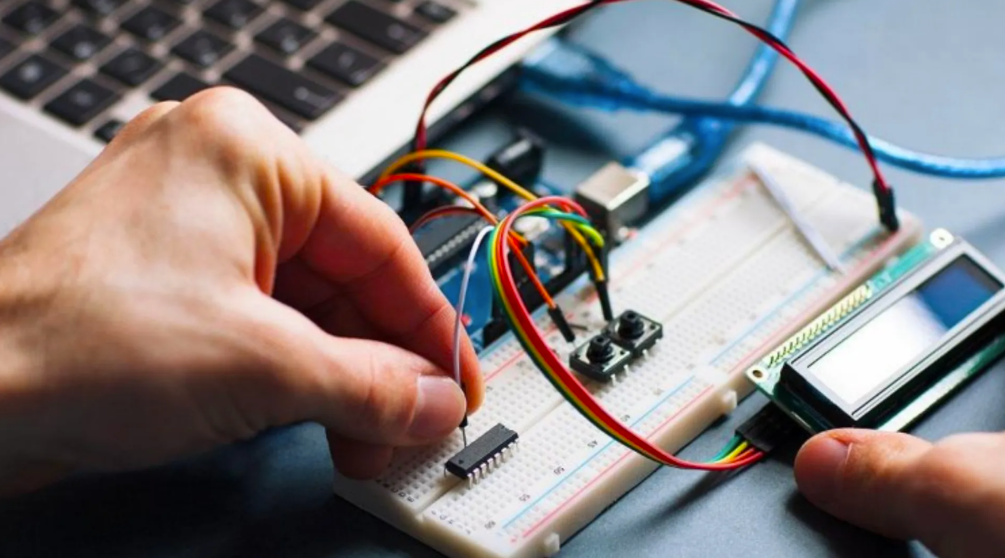
An Introduction to IoT Hardware, Security and Most Common Platforms

Daniele Delle Case
12 January 2023
The Internet of Things (IoT) is a technology that is quickly developing, and its applications are becoming more commonplace in our daily lives. This blog post will examine the most widely used platforms, security, and hardware for Internet of Things (IoT) devices. We will go through the many hardware options, security basic information, and most popular platforms used to manage and keep an eye on these linked devices. In addition, we will investigate the difficulties in deploying IoT hardware. You will have a thorough understanding of the underlying technologies that support the Internet of Things by the time you finish reading this blog post.
Overview of IoT hardware
IoT hardware refers to all the elements that comprise an Internet of Things system. This includes sensors, edge computing hardware, and network connectivity hardware. This hardware can be used to collect data to control devices, monitor systems, and provide insights into the environment. IoT hardware can be used in a variety of applications, such as home automation, industrial automation, and healthcare.
IoT hardware refers to all the elements that comprise an Internet of Things system. These include sensors, edge computing equipment and network connectivity devices. The purpose of IoT hardware is to gather data from the surroundings and transmit it to the cloud for further analysis. This information can be utilized to control devices, keep track of systems and provide insights into the environment. IoT hardware can be utilized in various fields, including home automation, industrial automation and healthcare.
A. Edge Computing Hardware
Edge computing hardware is an essential component of any IoT system, as it allows data to be processed locally without having to send it to the cloud. This type of hardware is used to reduce latency and improve the speed of data processing, making it ideal for applications that require real-time data processing. Edge computing hardware can be used to process data from sensors, cameras, and other devices, and can be used to control devices, monitor systems, and provide insights into the environment. Additionally, edge computing hardware can be used to improve the security of an IoT system, as data can be processed locally without having to be sent to the cloud, reducing the risk of data being intercepted or compromised.
Furthermore, edge computing hardware can be used to reduce the amount of data that needs to be sent to the cloud, thus reducing the cost of data storage and transmission. Edge computing hardware can also be used to improve the scalability of an IoT system, as it can be used to process data from multiple devices simultaneously, allowing for more efficient data processing and analysis. Edge computing hardware can also be used to improve the reliability of an IoT system, as it can be used to process data even when the connection to the cloud is lost.
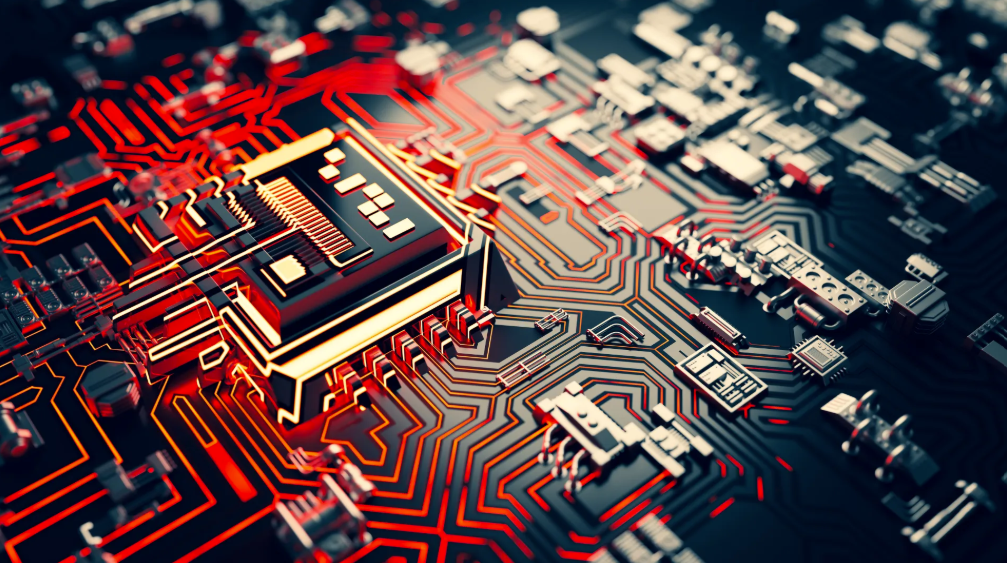
Network connectivity hardware
The network connectivity hardware is used to connect devices to the internet and transmit data from the edge computing hardware to the cloud. This type of hardware includes routers, modems, and other networking devices, such as Wi-Fi access points, Bluetooth adapters, and cellular modems. Network connectivity hardware is used to ensure that data is securely transmitted from the edge computing hardware to the cloud, and that devices are able to communicate with each other. Additionally, network connectivity hardware can be used to provide remote access to the IoT system, allowing users to access and control devices from anywhere in the world. Furthermore, network connectivity hardware can be used to provide secure access to the IoT system, using encryption and authentication protocols to protect data from unauthorized access. Network connectivity hardware can also be used to monitor the performance of the IoT system, providing insights into the system's performance and helping to identify potential issues. By using network connectivity hardware, developers can create secure and reliable IoT solutions that can be accessed from anywhere in the world.
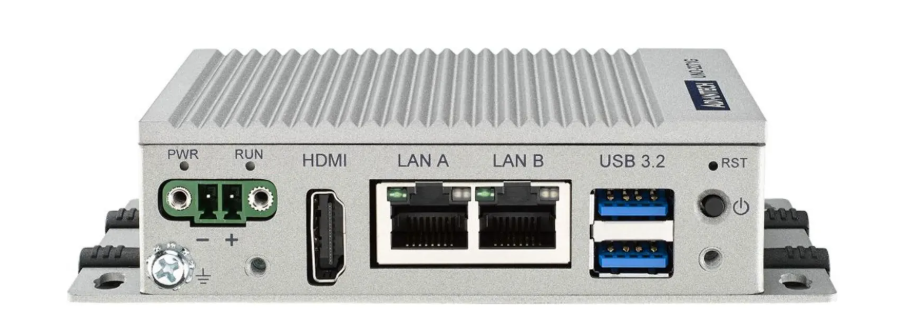
Sensors
IoT sensors are devices that are designed to collect and transmit data from the physical world to the digital world. These sensors are an essential component of the Internet of Things ecosystem, as they enable the collection of real-time data that can be used to monitor and control various systems and processes. IoT sensors can be used in a wide range of applications, from smart homes and buildings to industrial automation and healthcare. They can measure a variety of parameters, such as temperature, humidity, pressure, motion, and light, and can communicate this data wirelessly to other devices or to the cloud. With the help of IoT sensors, businesses and individuals can gain valuable insights into their operations and make data-driven decisions to improve efficiency, productivity, and safety.
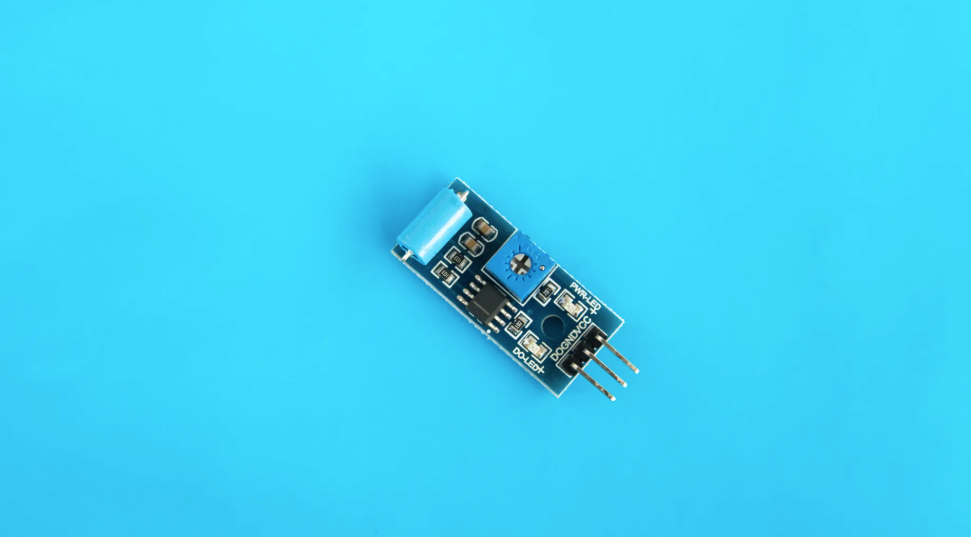
Examples of IoT Hardware Platforms
IoT hardware platforms are the physical components that make up the IoT system. This includes sensors, edge computing hardware, and network connectivity hardware. IoT hardware platforms are used to collect data from the environment and transmit it to the cloud for further processing. Examples of IoT hardware platforms include Arduino, Raspberry Pi, and Intel. These platforms are used to control devices, collect data from sensors, and process data locally. Additionally, these platforms offer a range of software tools and services to help developers build IoT solutions
Arduino
Arduino is a popular open-source platform for building IoT hardware. Arduino boards are used to control devices, collect data from sensors, and process data locally. Arduino boards are easy to use and can be programmed using the Arduino IDE, making them an ideal platform for developers who are just getting started with IoT hardware. Additionally, Arduino boards are highly customizable, allowing developers to create custom solutions for their specific needs. This makes Arduino an excellent choice for developers who need to create unique and complex IoT solutions. Furthermore, Arduino boards are compatible with a wide range of sensors, making it easy to collect data from the environment. With its ease of use and customizability, Arduino is a great platform for developers looking to build IoT solutions. Additionally, Arduino boards are highly secure, with built-in security features such as authentication and encryption. This ensures that data is protected from unauthorized access, making it a great choice for developers who need to build secure IoT solutions. With its wide range of features and capabilities, Arduino is a great platform for developers looking to build IoT solutions.

Raspberry PI
Raspberry Pi is an incredibly powerful and versatile single-board computer that can be used to build a wide range of IoT hardware. Raspberry Pi boards are used to control devices, collect data from sensors, and process data locally. With its easy-to-use programming language, Python, Raspberry Pi boards are perfect for developers of all skill levels. Additionally, Raspberry Pi boards are equipped with a range of features, such as Wi-Fi and Bluetooth connectivity, that make them ideal for building IoT solutions. With Raspberry Pi, developers can create powerful and reliable IoT solutions that are tailored to their specific needs. Furthermore, Raspberry Pi boards are equipped with a range of security features, such as authentication and encryption, that help protect the system from malicious attacks. Additionally, Raspberry Pi boards are compatible with a range of third-party hardware and software, allowing developers to easily integrate their solutions with existing systems. With its powerful hardware and versatile software, Raspberry Pi is the perfect platform for building IoT solutions.
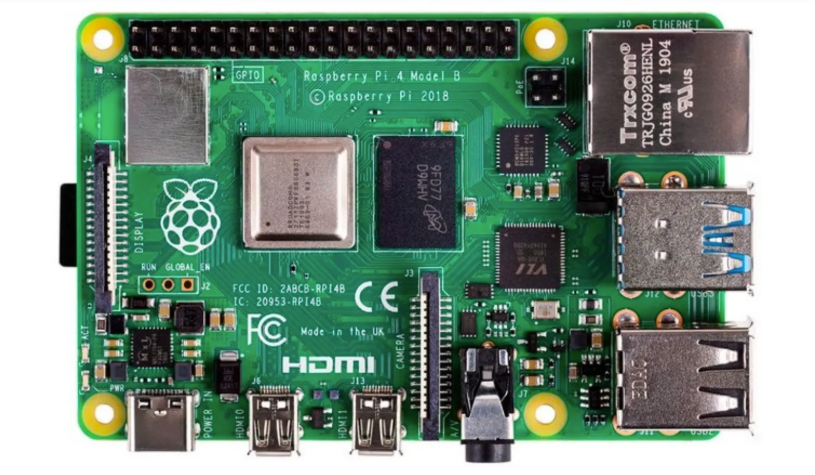
Intel IoT hardware
Intel is a leading provider of IoT hardware. Intel offers a range of hardware platforms, such as the Intel Edison and Intel Joule, that are used to control devices, collect data from sensors, and process data locally. Intel also offers a range of software tools and services to help developers build IoT solutions. Intel's hardware platforms are designed to be secure, reliable, and easy to use. Additionally, Intel's hardware platforms are compatible with a variety of operating systems, including Windows, Linux, and Android. Intel's hardware platforms are used in a variety of applications, such as home automation, industrial automation, and healthcare.
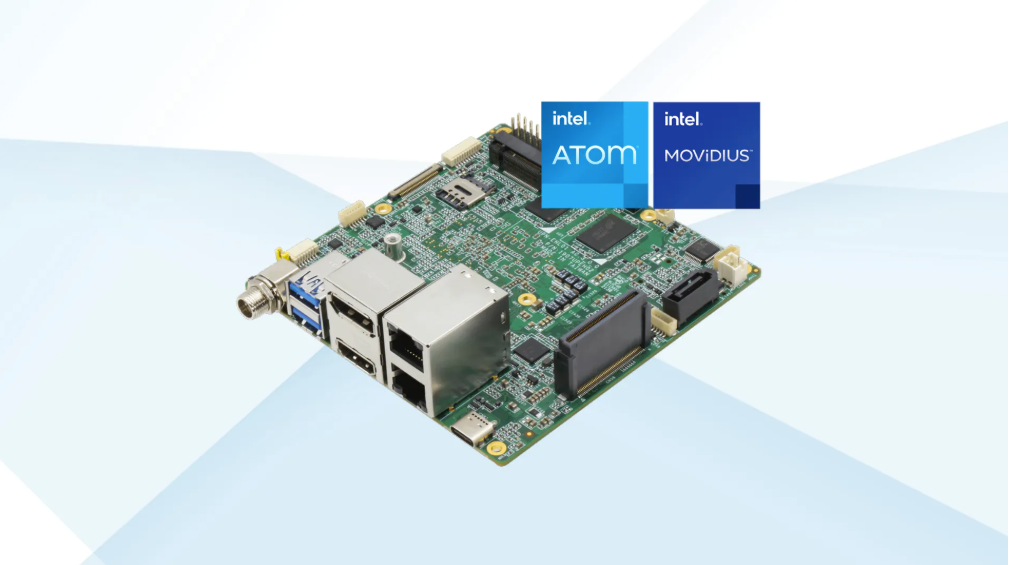
Nvidia Jetson
Nvidia Jetson is a series of embedded computing boards designed for AI and robotics applications. It is based on the same architecture as the NVIDIA Tegra processor used in many mobile devices. The Jetson platform is designed to provide high performance computing and AI capabilities in a low-power, compact form factor. It is ideal for applications such as autonomous vehicles, drones, robots, and smart home devices. The Jetson platform includes a range of hardware and software components, including the Jetson TX1, TX2, and Xavier boards, the JetPack SDK, and the CUDA Toolkit.
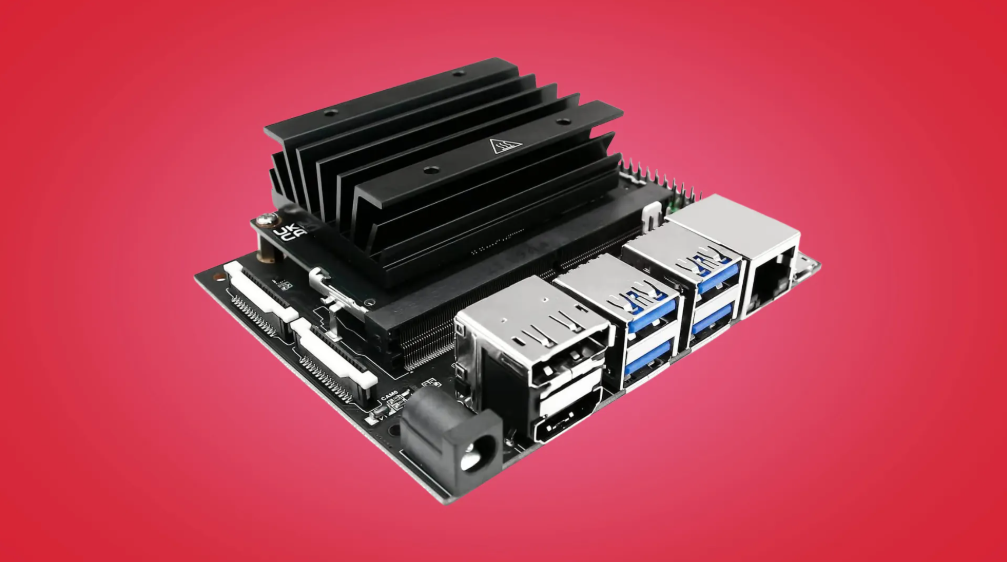
Custom IoT hardware platforms
Custom IoT hardware platforms are specialized hardware platforms that are designed to meet the specific needs of a particular application. These platforms are typically designed to be used with a specific operating system, such as Linux or Windows, and are often tailored to a specific type of device, such as a sensor or a controller. Custom IoT hardware platforms are often used in applications that require a high degree of customization, such as industrial automation or medical devices. Custom IoT hardware platforms are typically designed to be more efficient and reliable than generic hardware platforms. This is because they are designed to meet the specific needs of the application, and are often optimized for the specific hardware components that are used. Additionally, custom IoT hardware platforms often include additional features, such as security features or additional connectivity options. Custom IoT hardware platforms are often more expensive than generic hardware platforms, but they can provide a more reliable and efficient solution for applications that require a high degree of customization. By using a custom IoT hardware platform, developers can create solutions that are tailored to their specific needs.
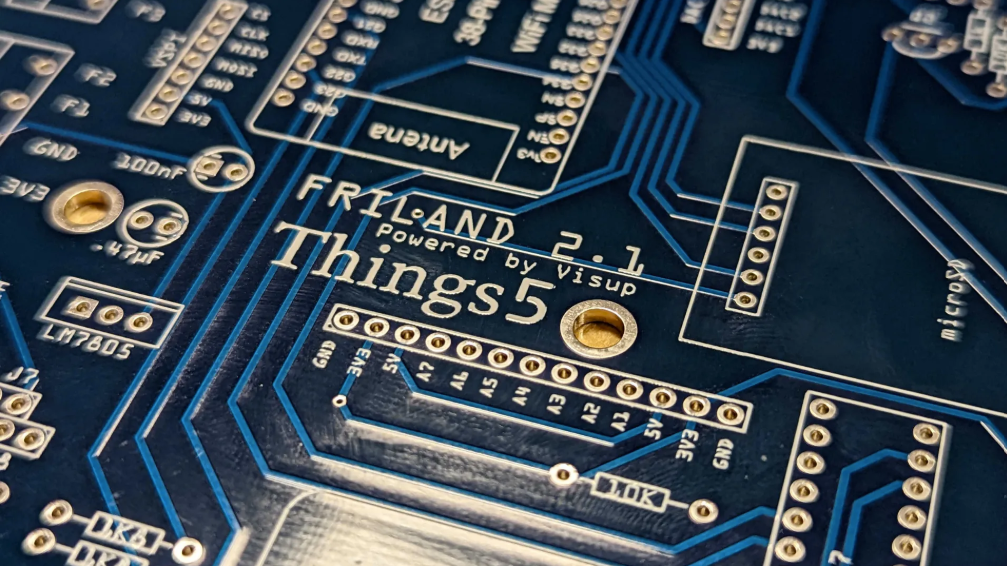
Security Considerations
IoT security is the practice of protecting IoT devices and networks from unauthorized access, malicious attacks, and data breaches. It is important to ensure that IoT devices are secure, as they can be used to access sensitive data and control critical systems. IoT security involves a variety of measures, such as authentication, encryption, and firewalls. Authentication is used to ensure that only authorized users can access the IoT system, encryption is used to protect data from being accessed by unauthorized users, and firewalls are used to protect the IoT system from malicious attacks. Additionally, IoT security also involves monitoring and logging activities, as well as patching and updating devices. IoT security is an important consideration for any organization that uses IoT devices. By understanding the different security measures and implementing them properly, organizations can ensure that their IoT devices and networks are secure.
Authentication
Authentication is an important security measure used to ensure that only authorized users can access the IoT system. Authentication can be implemented using passwords, biometrics, such as fingerprint or facial recognition, or other methods, such as two-factor authentication. Additionally, authentication can be used to verify the identity of users, and to ensure that only authorized users can access the system. Authentication is an essential security measure for any IoT system, as it helps to protect the system from unauthorized access.
Encryption
Encryption is a security measure used to protect data from being accessed by unauthorized users. Encryption works by scrambling data so that it is unreadable to anyone without the correct decryption key. Encryption can be used to protect data in transit, such as when data is sent over the internet, and at rest, such as when data is stored on a device. Encryption is an important security measure, as it prevents data from being accessed by unauthorized users, even if the data is intercepted or stolen. Additionally, encryption can be used to ensure that data is not modified or tampered with while in transit or at rest. By using encryption, developers can ensure that their data is secure and protected from unauthorized access.
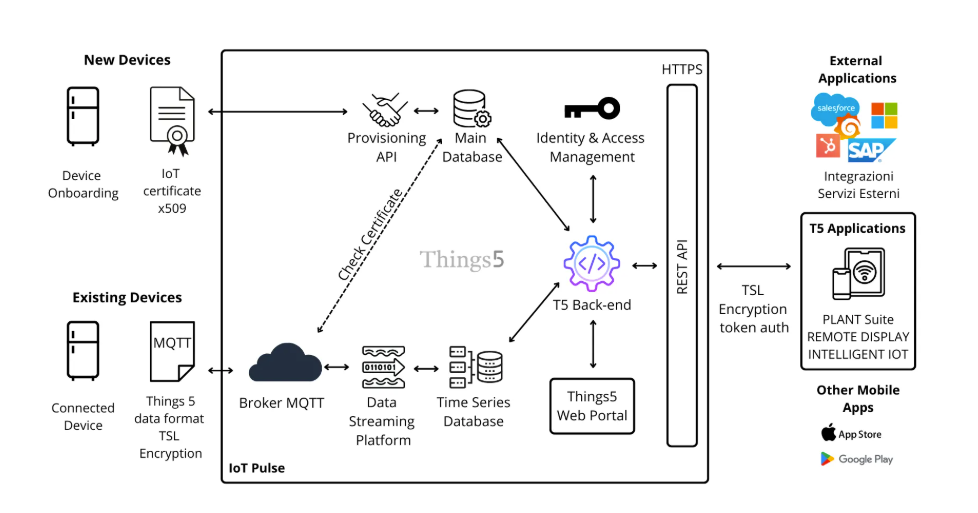
Firewalls
Firewalls are an essential component of any IoT system, as they are used to protect the system from malicious attacks. Firewalls can be used to block malicious traffic, such as malware, viruses, and other malicious code, and protect the system from unauthorized access. Firewalls can also be used to monitor traffic and detect suspicious activity, such as attempts to access the system without authorization. Firewalls can be implemented in a variety of ways, such as hardware firewalls, software firewalls, or a combination of both. Hardware firewalls are typically used to protect the entire network, while software firewalls are used to protect individual devices. Additionally, firewalls can be configured to allow or deny certain types of traffic, such as web traffic or email traffic. When configuring a firewall, it is important to ensure that it is properly configured to protect the system from malicious attacks. This includes ensuring that the firewall is up to date with the latest security patches, and that it is configured to block malicious traffic. Additionally, it is important to ensure that the firewall is configured to allow legitimate traffic, such as web traffic or email traffic. Overall, firewalls are an essential component of any IoT system. By properly configuring a firewall, developers can ensure that the system is protected from malicious attacks and unauthorized access.
Conclusion
IoT hardware is an essential component of any IoT system, as it is used to collect data from the environment, control devices, and process data. Different types of IoT hardware, such as edge computing hardware, network connectivity hardware, and sensors, can be used to build IoT solutions. Additionally, there are a variety of IoT hardware platforms, such as Arduino, Raspberry Pi, and Intel, that can be used to build IoT solutions. When using IoT hardware, it is important to consider security considerations, such as authentication, encryption, and firewalls. Authentication is used to ensure that only authorized users can access the IoT system, encryption is used to protect data from being accessed by unauthorized users, and firewalls are used to protect the IoT system from malicious attacks. Overall, IoT hardware is an essential component of any IoT system. By understanding the different types of IoT hardware, the platforms available, and the security considerations, developers can build secure and reliable IoT solutions. IoT hardware can be used to create solutions that are more responsive to changes, events, user input, and the presence of other devices in the environment.
